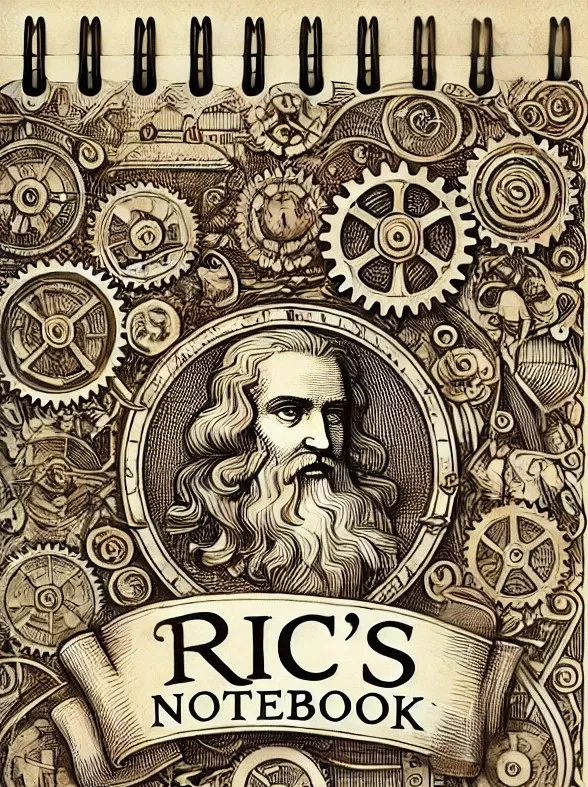
- Published on
- Authors

- Name
- ric de yuga 😄
🎛️ Quantum Algorithms: Powering Logistics Optimization
Quantum computing is revolutionizing the logistics industry by enabling unprecedented optimization capabilities. At the heart of this transformation lie sophisticated quantum algorithms designed to tackle complex optimization problems. In this post, well explore the technical details, formulas, and code examples that bring these algorithms to life.
🧩 The Quantum Advantage in Optimization
Quantum computers leverage the principles of quantum mechanics to perform certain computations exponentially faster than classical computers. This quantum advantage is particularly evident in optimization problems, which are ubiquitous in logistics. Let's dive into a few key quantum algorithms:
1. Quantum Approximate Optimization Algorithm (QAOA)
QAOA is a hybrid quantum-classical algorithm that tackles combinatorial optimization problems. It combines a parameterized quantum circuit with a classical optimizer to find near-optimal solutions. The algorithm iteratively applies a cost Hamiltonian (HC) and a mixing Hamiltonian (HM) to evolve the quantum state towards the optimal solution.
The quantum circuit for QAOA can be represented as:
def QAOA_circuit(gamma, beta):
# Apply initial Hadamard gates
for i in range(n):
qc.h(i)
# Iteratively apply cost and mixing Hamiltonians
for p in range(P):
# Apply cost Hamiltonian
qc.barrier()
cost_ham(gamma[p])
# Apply mixing Hamiltonian
qc.barrier()
mixing_ham(beta[p])
2. Variational Quantum Eigensolver (VQE)
VQE is another hybrid quantum-classical algorithm used for finding the ground state energy of a given Hamiltonian. In logistics optimization, VQE can be used to find the optimal solution to problems like vehicle routing and resource allocation.
The quantum circuit for VQE involves applying a parameterized ansatz (U(θ)) to the initial state and measuring the expectation value of the Hamiltonian (H):
def VQE_circuit(theta):
# Apply parameterized ansatz
ansatz(theta)
# Measure expectation value of Hamiltonian
qc.measure_all()
The classical optimizer then updates the parameters (θ) to minimize the expectation value, effectively finding the ground state energy.
3. Quantum Annealing
Quantum annealing is a metaheuristic algorithm that uses quantum fluctuations to explore the solution space and find the global minimum of a given objective function. It is particularly well-suited for optimization problems with complex energy landscapes, such as those found in logistics.
The quantum annealing process can be described by the time-dependent Hamiltonian:
H(t) = A(t)H0 + B(t)H1
where H0 is the initial Hamiltonian, H1 is the problem Hamiltonian, and A(t) and B(t) are time-dependent functions that control the annealing schedule.
🚀 Empowering Logistics with Quantum Optimization
By leveraging these quantum algorithms, logistics companies can tackle complex optimization problems with unprecedented speed and accuracy. From optimizing routes and inventory levels to streamlining warehouse operations, the potential applications are vast.
As quantum hardware continues to advance and quantum algorithms become more refined, we can expect to see a significant transformation in the logistics industry. The fusion of quantum computing and logistics optimization is poised to unlock new levels of efficiency, cost savings, and sustainability.
Are you ready to harness the power of quantum algorithms in your logistics operations? The quantum future of logistics is here, and it's time to embrace it!
